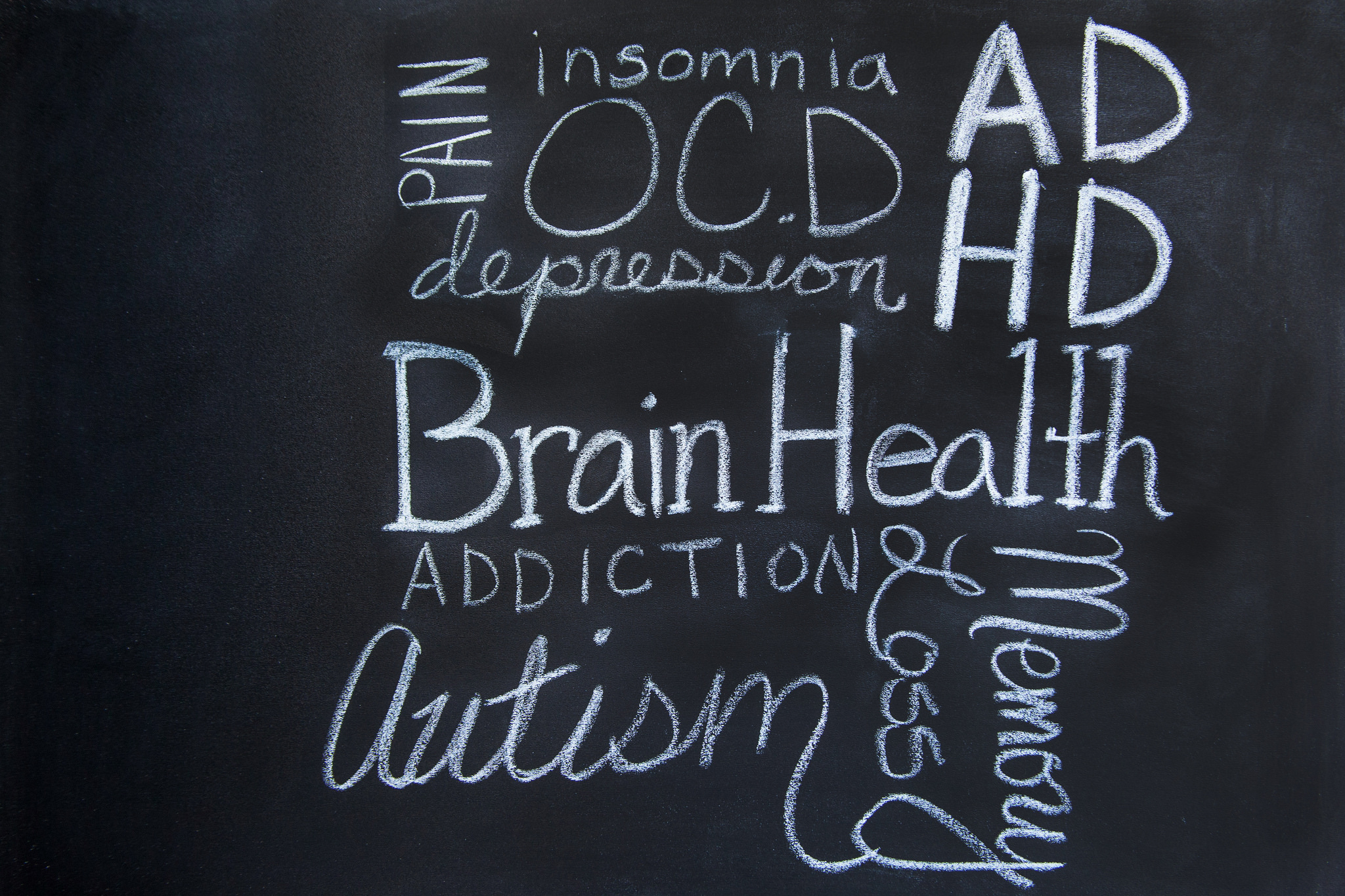Recently, I had the opportunity to work with a young female patient whose healthcare history could rival that of an octogenarian in complexity. At the end of our 70-minute intake interview, the physician with whom I was working asked our patient a question that made my head snap up from my notes: “What are your hopes and dreams?”
What a simple question to ask, and yet, with my medical student mindset, medication interactions and pending test results were more prominent on my radar than ever considering this patient’s future goals. According to the CDC, half of all American adults live with a chronic health condition, and 25% of American adults live with two or more of these conditions[1]. We are living in an age of chronic disease, and this state of unwellness is never more apparent than when we see patients with healthcare records and medication lists thicker than a Tolstoy novel. With so many health issues to track in just a single patient, it can be a challenge to see the patient through the problem list.
After the physician asked his question, I thought about how easily a member of the healthcare team could fail to foster patient resilience. Resilience is defined as “the ability of systems to mount a robust response to unforeseen, unpredicted, and unexpected demands and to resume or even continue normal operations.” [2] Even for patients with multiple healthcare concerns, including those with multiple adverse childhood experiences (ACEs), it is not unreasonable to believe that resilience can act as a protective factor against those concerns. Asking this patient about her ambitions allowed us to learn about the person that existed outside of the hospital. Understanding that this patient had a plan for her life, and had some notions about how to manifest those plans into reality proved that despite her numerous medical concerns and previous history, the capacity for resiliency was still there. For the first time in that hour-plus interview, I thought about her health conditions as interruptions of her regular life, rather than letting her life be defined by her illnesses.
Most of the research about resilience can be found in psychology literature. The American Psychological Association created a guide called the Road to Resilience, which lists ten recommendations for developing and maintaining characteristics of resilience. These include maintaining relationships with friends and family members, as well as desire and ability for one to improve their life circumstances. [3] It would be appropriate to inquire about these characteristics while taking a patient history. Another tool that we can use to assess patient resilience is the Resilience Questionnaire created by psychologists Mark Rains and Kate McClinn of the Southern Kennebec, Maine Healthy Start program. [4]
There is still plenty of room for research on resilience in the medical literature, but we need not wait for this research to develop our own understanding of the importance of resilience in our care delivery. In the case of our patient with the convoluted medical history, we were not seeing a difficult, diseased, bedridden patient with several chronic illnesses. We were seeing an artist and future psychologist whose life had been set off course by a series of medical misfortunes. It is certainly easier to think of resilience in terms of our younger patients, and while resilience may seemingly be less applicable to certain groups of patients who cannot necessarily overcome their medical concerns, it is still appropriate to help patients set reasonable goals and maintain their support systems. Furthermore, it is always appropriate to understand our patients’ identities outside of their hospitalizations or medical concerns, and it may be helpful to use this personal information to inform our medical therapies.
As medical students, we are rarely able to follow patients over time, so it can be difficult to think of them beyond the confines of their hospital rooms. It is easy to relegate patient “bonding” to the nurses who spend countless hours with these patients. I think one of the most meaningful things we can do as students is to periodically pause to remind ourselves, and our patients, that their hospitalization is only a freckle on their identity as a whole person. At one point, all of our patients had hopes and dreams that likely never involved illness. Part of our delivery of patient care ought to be reflective of helping patients work toward these hopes and dreams, and to identify, and foster, resilience traits whenever possible.
References:
- http://www.cdc.gov/chronicdisease/overview/
- http://www.ahrq.gov/downloads/pub/advances2/vol3/Advances-Nemeth_116.pdf
- https://philosophy-of-cbt.com/tag/resilience/
- https://acestoohigh.com/got-your-ace-score/
Featured image:
Slope Point by Ben



